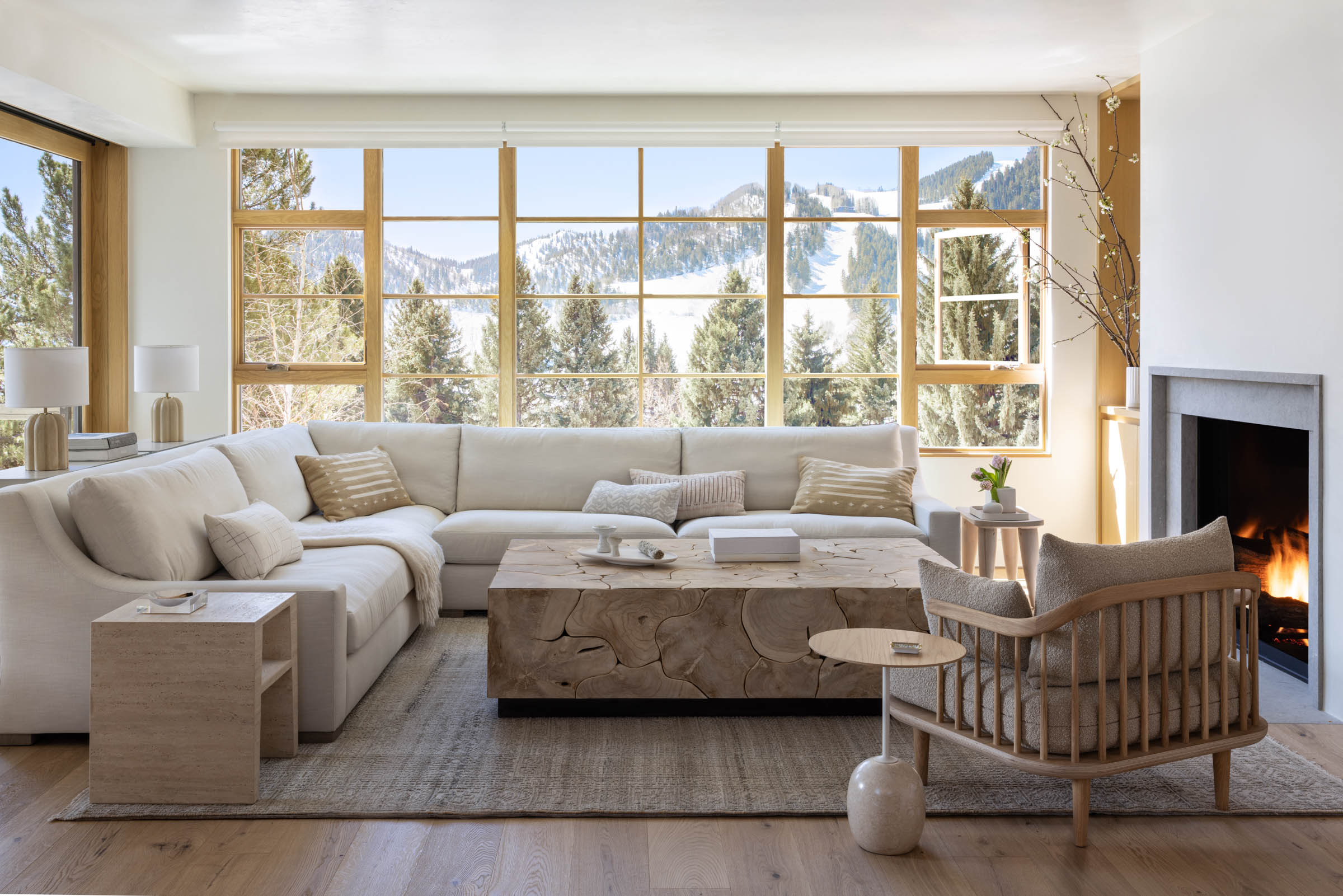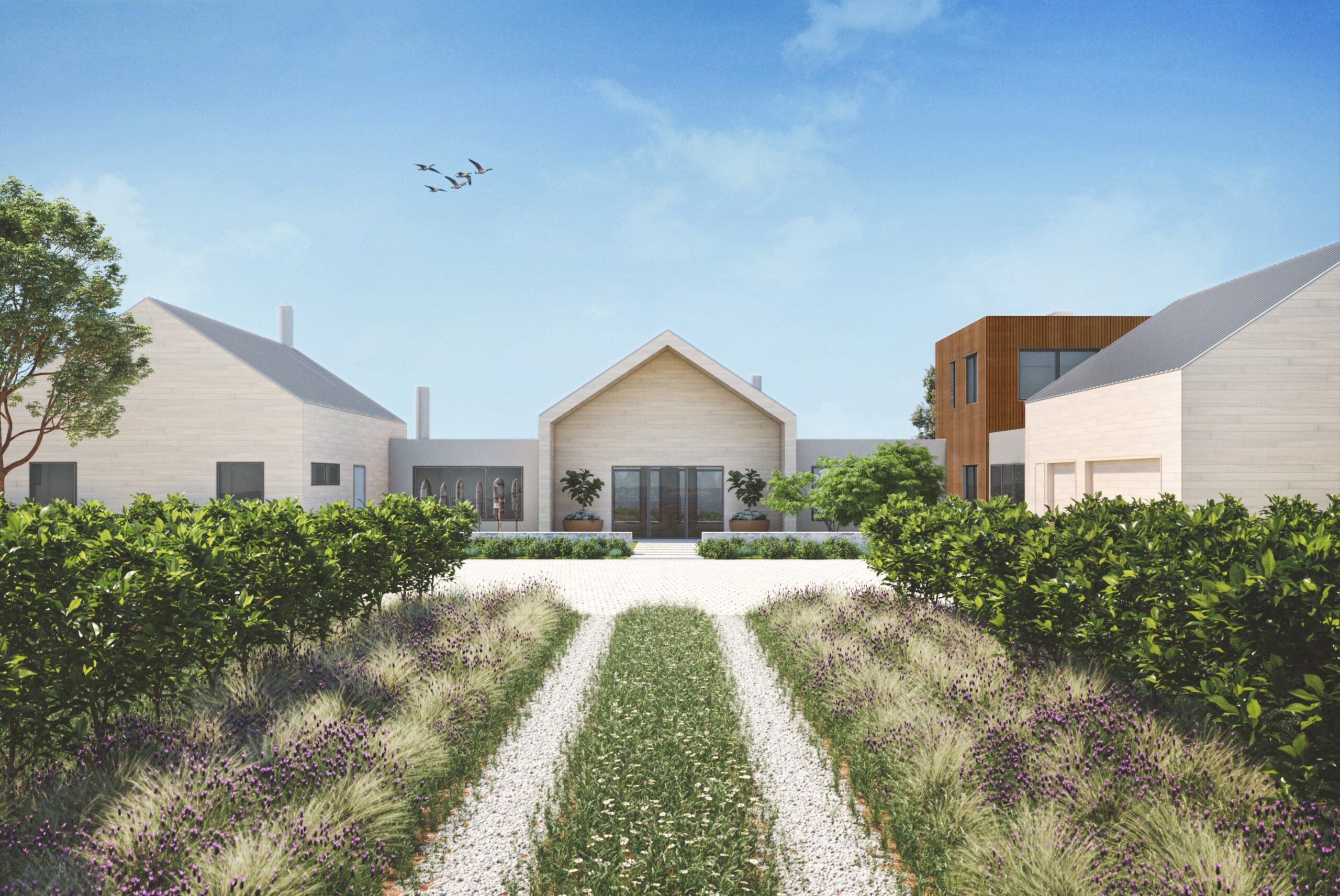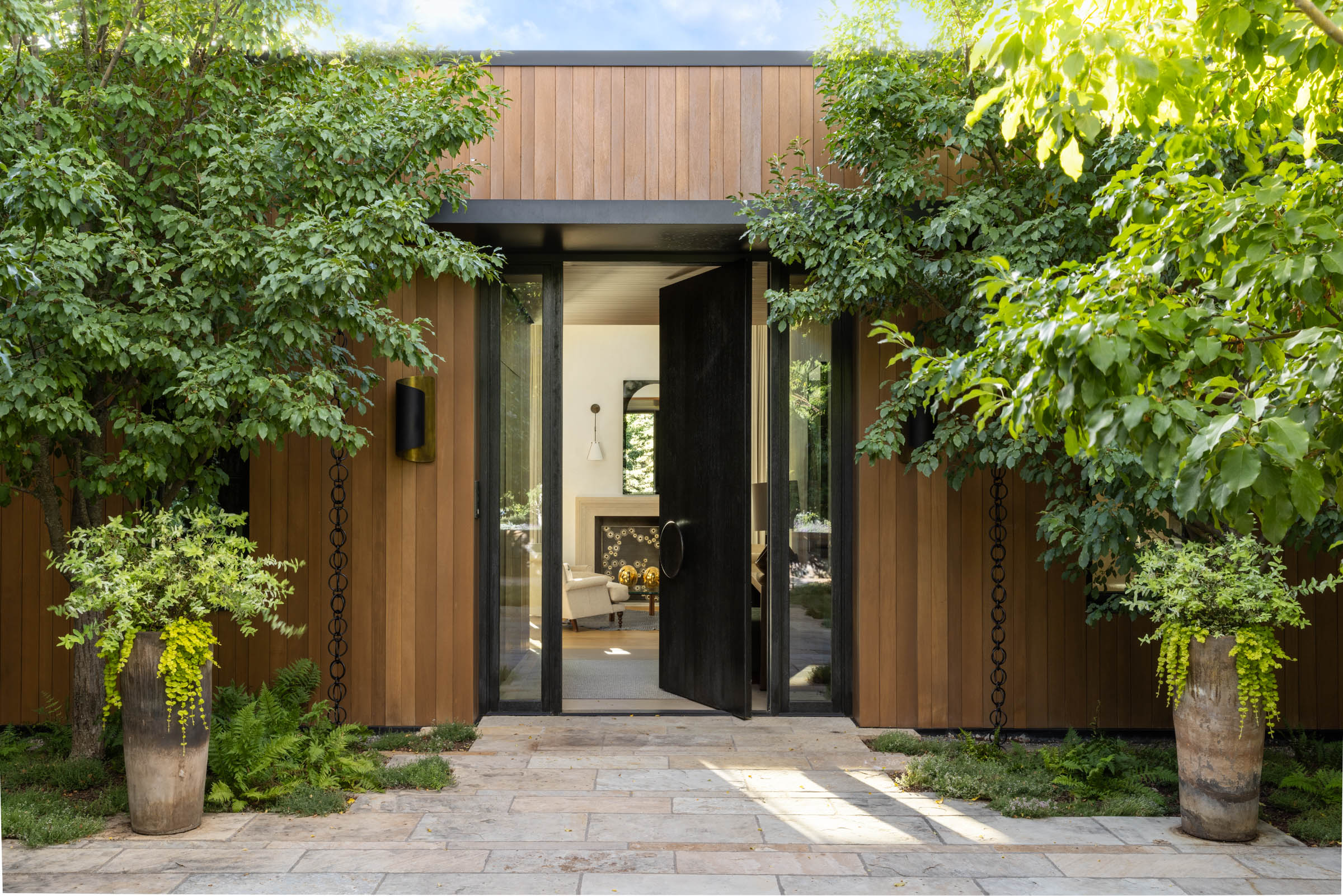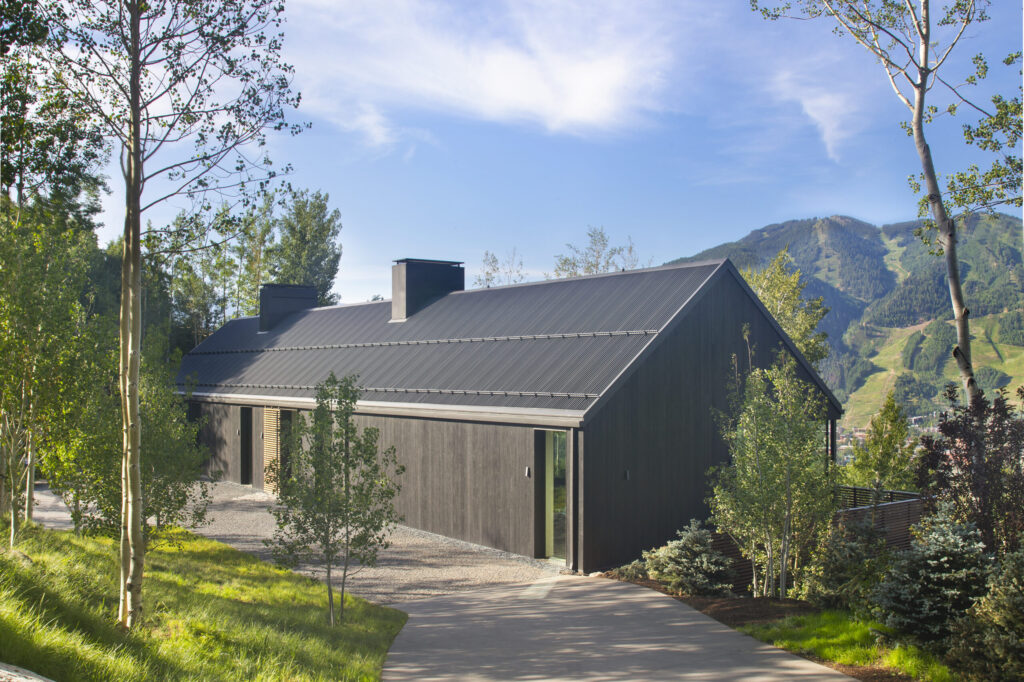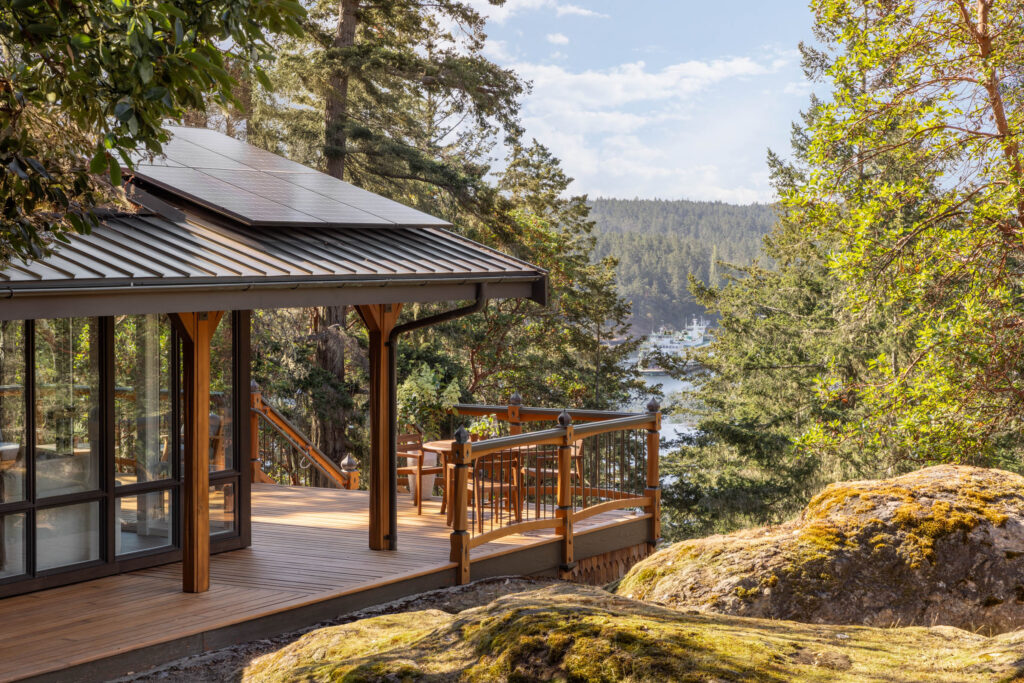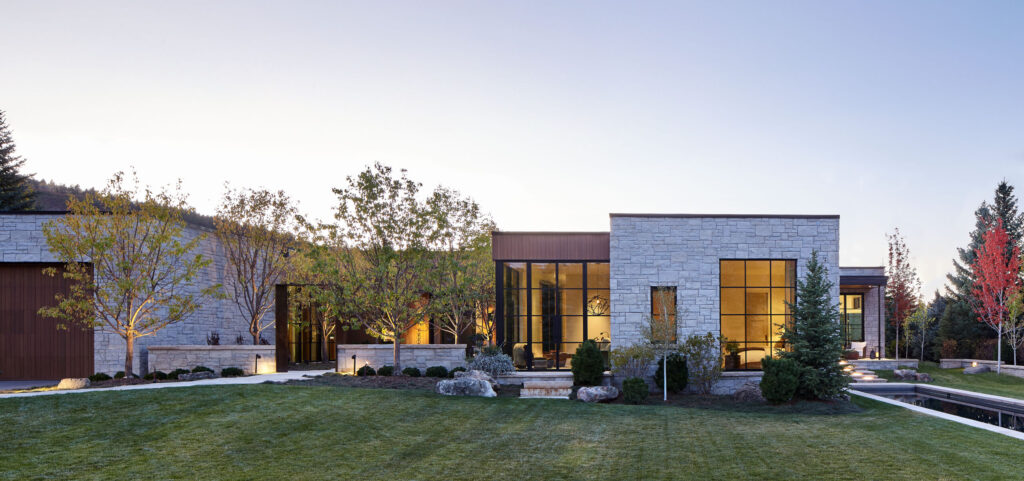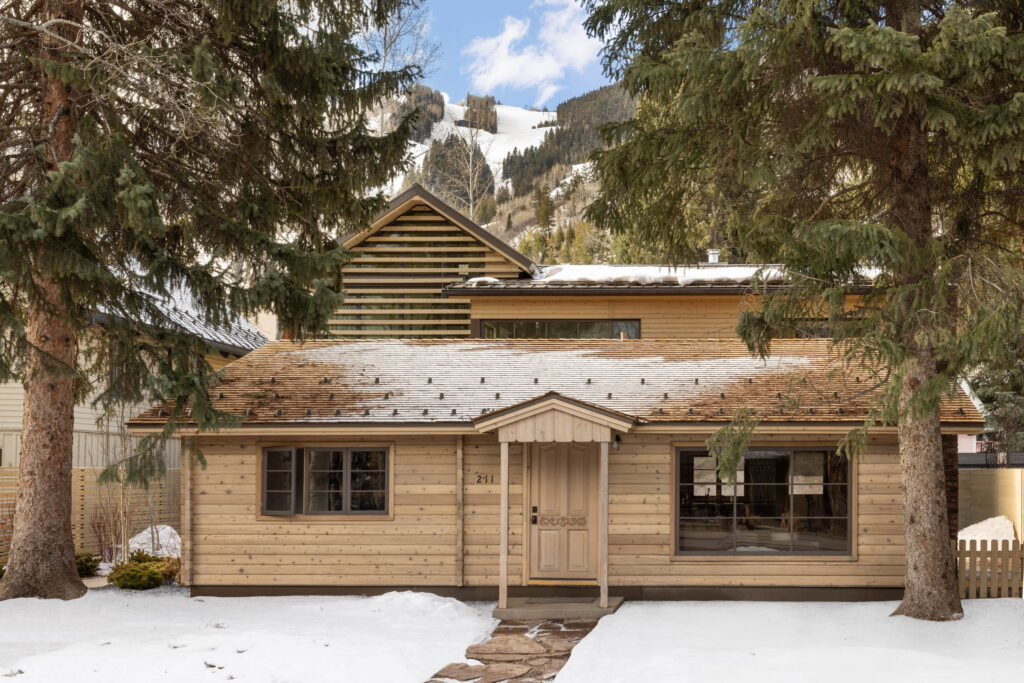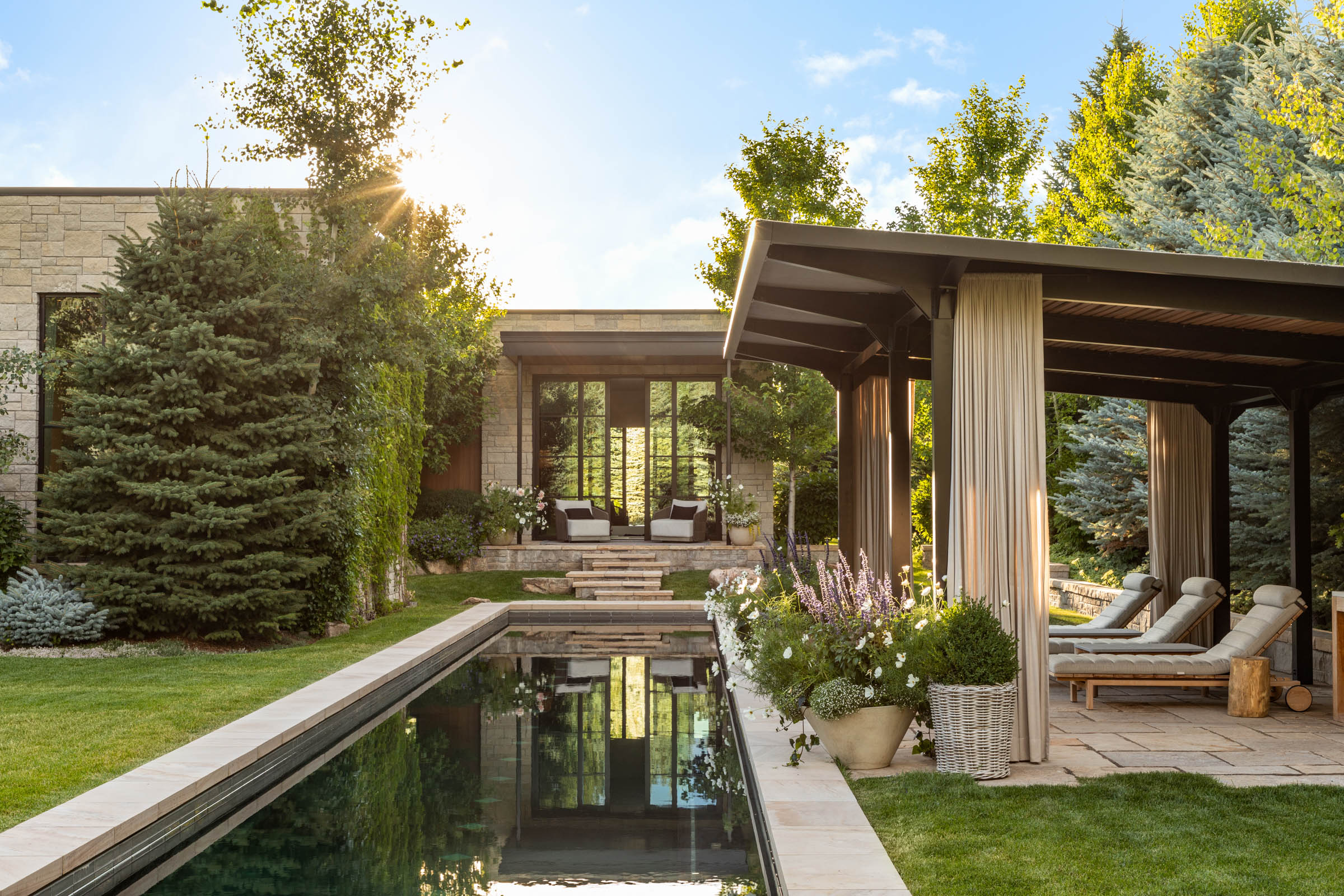
Rowland + Broughton
SUSTAINABLE ARCHITECTURE
CREATING A GREENER FUTURE, TOGETHER
Sustainable architecture firms like Rowland + Broughton are dedicated to creating environmentally friendly and energy-efficient designs. We prioritize using sustainable materials, optimizing natural lighting, and incorporating renewable energy sources into their projects. We also focus on minimizing waste, optimizing water usage, and promoting biodiversity in their designs. We strive to create spaces that not only benefit the environment, but also enhance the well-being and comfort of the occupants. By integrating sustainable practices and innovation, we are working to drive the future of architecture toward a more sustainable and resilient planet.
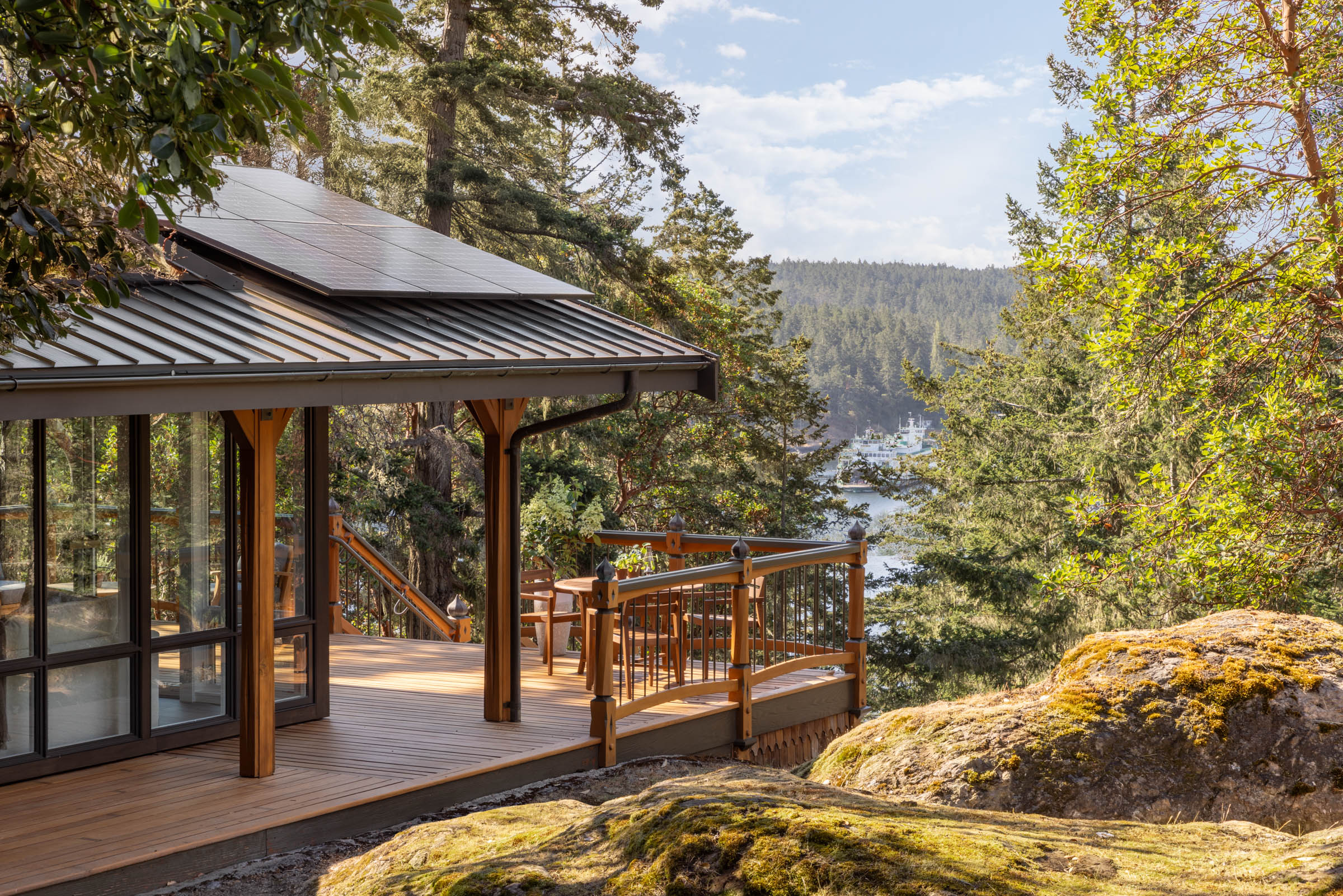
INDUSTRY-LEADING SUSTAINABLE ARCHITECTURE
Our History of Commitment to Sustainability
We will continue expanding on these three measures as we track, and identify success, in implementing these across our projects. During our first meeting with a client, we discuss Rowland+Broughton’s commitment to the 2030 Challenge and what this means from a performance standpoint to their building. Benefits include but are not limited to: healthier indoor air quality, resiliency in the event of a wildfire or power outage, lower energy bills, increased indoor thermal comfort, little to no dependency on natural gas, and a smaller carbon footprint.
OUR COMMITMENT TO THE FUTURE
Rowland+Broughton has identified three focus areas with the most significant impact on the typical project location and type:
- –Carbon focuses on energy generation and passive design strategies. Energy generation goals include designing for solar-ready roofs, a backup battery system, and a calculation for potential offset or path to net zero. Passive design strategies include high-performing windows, maintaining a low window-to-wall ratio, and a maximum lighting power density for residential projects.
- –Well-being focuses on indoor air quality and thermal comfort. Indoor air quality goals include detailing for a tight enclosure, dedicated filtered outdoor air, specifying no, or very low VOCs for all interior finishes. Thermal comfort goals include operable windows in all projects, and efficient and low-velocity mechanical systems, such as hydronic radiant.
- –Resilience focuses on durability and longevity, as well as system redundancy. Durability and longevity goals include hard-wearing, low-maintenance finishes, and simple solutions for non-integrated technology (allowing for future technology upgrades). System redundancy goals include battery backup with solar to maintain essential loads, a water filtration system, and dedicated filtered outdoor air to provide clean water and air, even in the event of a power outage.

SUSTAINABILITY EXPERTS
Rowland+Broughton is a Silver Member of the US Green Building Council (USGBC) and has joined the ever-important American Institute of Architects (AIA) 2030 Commitment.
In 2006, Architecture 2030 created the 2030 Challenge, which lays out a set of targets for improving energy efficiency and reducing the carbon emissions of buildings. The goal? Reaching carbon neutrality and getting as close as possible to net zero by 2030 through incremental improvements in project performance.
Practicing design in our sustainable studios, we educate ourselves through research, and extend this knowledge to our clients, applying the shared goals of a sustainable future one project at a time. Completing multiple Leadership in Energy and Environmental Design (LEED) certified projects, the R+B team encompasses several LEED-accredited designers who consult on sustainable best practices and serve as resources throughout the design process.
Further Resources:
- –Building Green
- –The Pharos Project
- –Greenguard Certification
- –Green Seal
- –National Center for Healthy Housing
- –Healthy House Institute
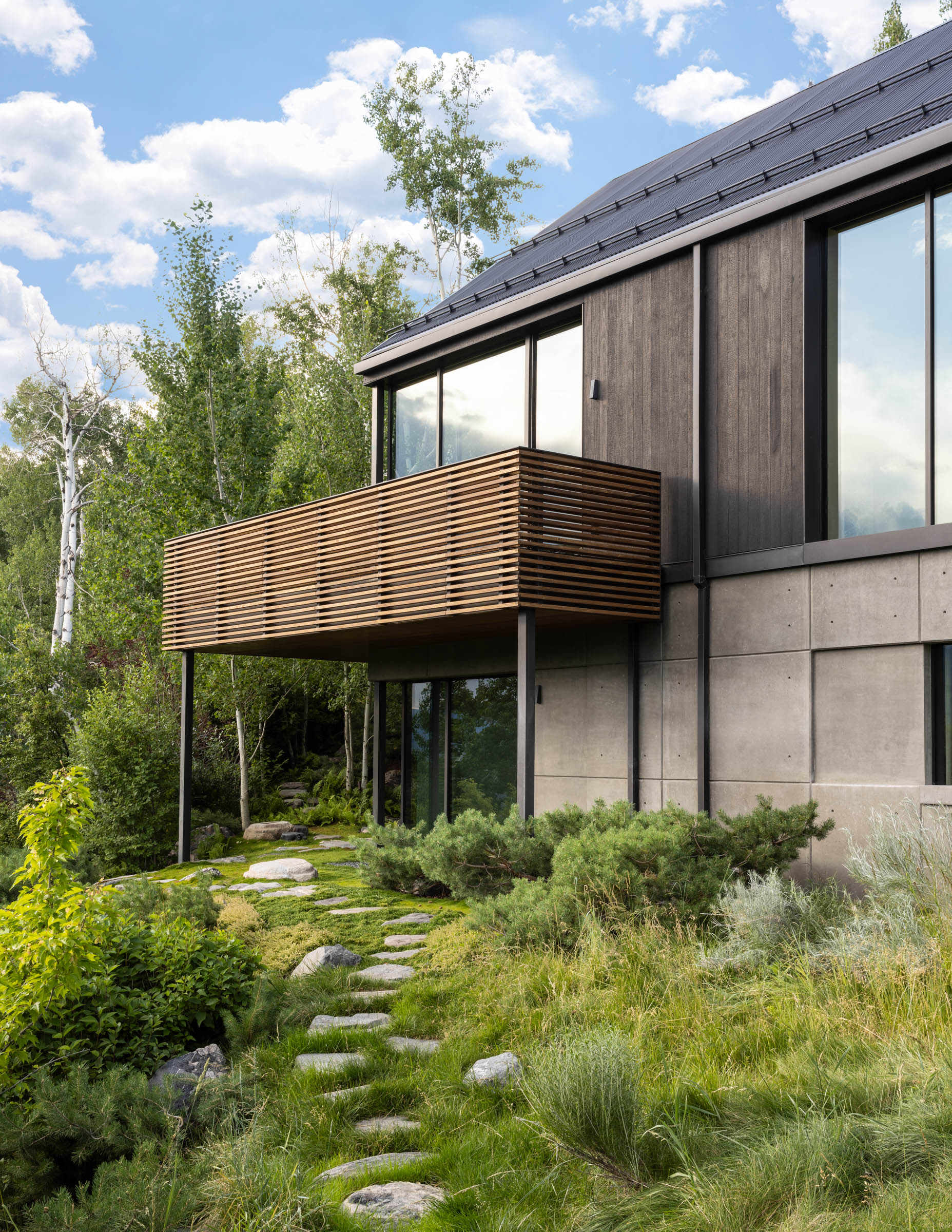
FAQs About Sustainable Architecture
Sustainable architecture firms work on more sustainable design solutions for the construction of buildings. They aim to lessen the environmental impact of urban development.
Sustainable architecture can also be called green architecture and environmental architecture. It is the practice of making architecture that wants to minimize the environmental impact of a building’s overall and reduce energy use.
The difference between sustainability and green building is that green building construction focuses only on the environment while sustainable building focuses on the people, planet, and profit.
Rowland+Broughton is a leading sustainable architecture firm due to its commitment to incorporating sustainable design principles into its projects. The firm prioritizes environmental stewardship, energy efficiency, and innovation in its approach to architecture. R+B has a deep understanding of sustainable materials and technologies, allowing them to create buildings that are not only aesthetically pleasing but also eco-friendly and energy-efficient.

